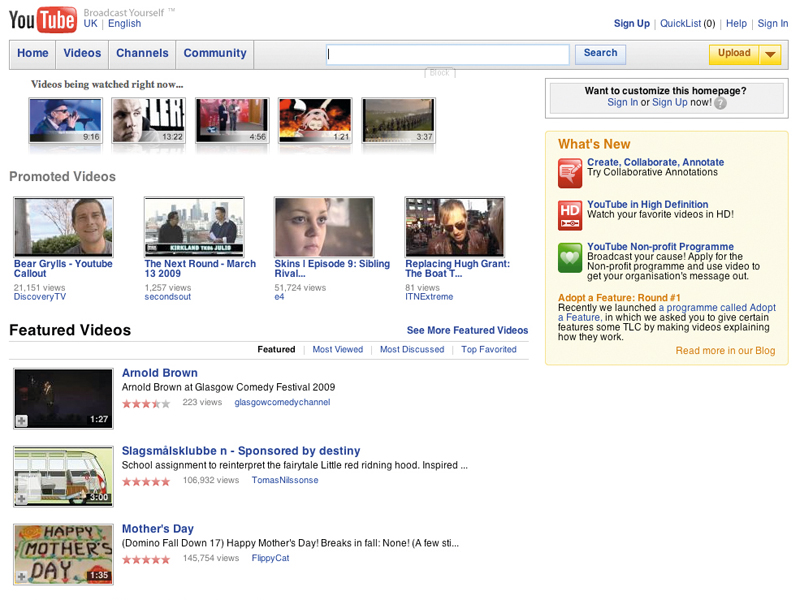How Project Canvas will take Freeview and Freesat to the next level

In just over a year, the BBC's iPlayer service has turned on-demand TV from a cutting edge idea used by tech enthusiasts to a daily experience for millions of people.
iPlayer is now the UK's 22nd-most popular website, second only to YouTube among video websites, and over 100million programmes have been viewed by Virgin Media customers since iPlayer launched on cable boxes last June.
You can access iPlayer through mobile phones, on the Nintendo Wii and PS3, and the next step will be Freesat receivers via their built-in Ethernet port. But every new device and computer operating system needs a different version of iPlayer.
There are now 14 flavours, Erik Huggers, the BBC's director of future media and technology, told the DTG Summit – an annual gathering of TV industry engineers, broadcasters and policy-makers. Everyone wants iPlayer on their device, but it all comes out of the TV Licence Fee.
He added: 'There's a real opportunity with the internet for us to work together with industry to set standards and avoid a proliferation of hundreds of different ways to get this content into the living room. For consumer electronics manufacturers, we want to get to a place where consumers understand what a product is. The alternative is confusion and lower sales.'
The first step
Project Canvas is the first step: a set of standards for on-demand services like iPlayer and other internet functions to be delivered to a new generation of Freeview and Freesat set-top boxes and TVs. It's intended to tie in with the arrival of hi-def TV channels on Freeview from the end of this year in the ITV Granada region, and it looks as if the Freesat launch of iPlayer will be almost a dry run for Canvas.
Sign up for breaking news, reviews, opinion, top tech deals, and more.
But Canvas is about more than just iPlayer – anyone will be able use the Canvas standards to offer their services. ITV is also involved, as is BT, and they're looking for other partners to spread the £16.6million it's expected to cost over the next five years. At least one partner in the manufacturing business wil be essential.
What will a Canvas device look like?
The Canvas device will have an HD-ready Freeview (DVB-T2) or Freesat (DVB-S2) tuner for traditional broadcast TV and an Ethernet port for the broadband connection to Canvas services. It will have local storage for recording off-air and there will be an EPG for finding the new Canvas services.
Products – which could be TVs or set-top boxes – will have to meet other minimum technical specifications, not least the IP-based standards for connecting to Canvas services. The first Canvas products are expected to cost from £100-£200 (we'd expect it to be the top end) and users will have to subscribe to a broadband internet service – Canvas won't be an ISP.
Canvas broadband speeds
The BBC estimates that you'll need at least a genuine 1.6Mbit connection for acceptable standard-def video – so claims of 2Mbit broadband will soon be put to the test, especially during peak times. It could also test the overall download allowances often imposed in the small print of our broadband packages.
The BBC estimates an average download size of 675MB an hour, so it would be easy to clock up 20GB a month, but some broadband packages are still limited to as little as 5GB a month. The combination of broadcast tuners and local storage opens the door to 'push' on-demand, downloaded to the box overnight like Sky Anytime or Top-Up TV Anytime, which might enable on-demand HD even where your broadband connection isn't up to it.